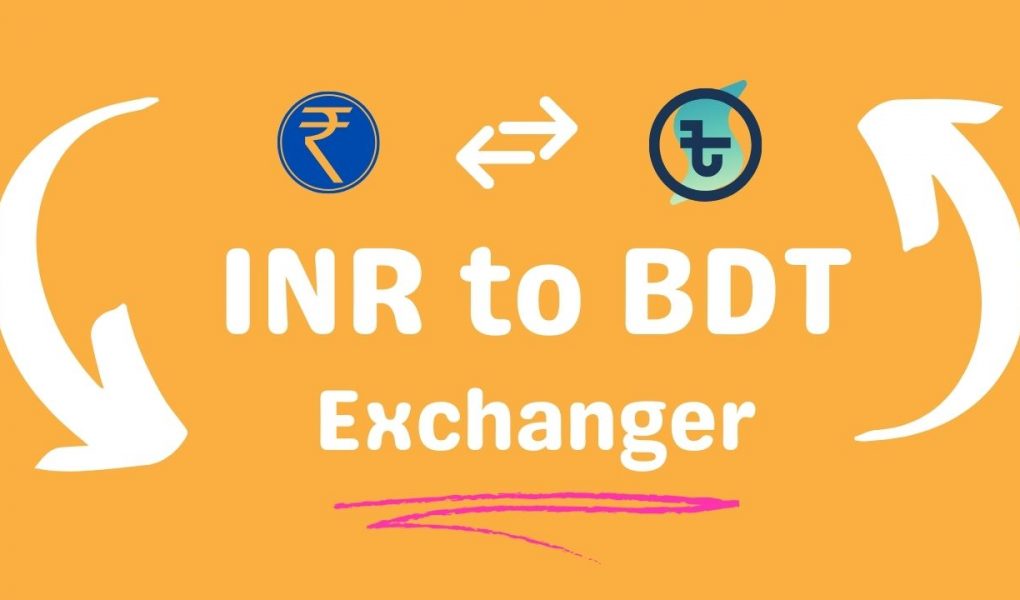INR to BDT Exchange
Understanding the INR to BDT Exchange: A Comprehensive Guide
In the realm of international finance, currency exchange rates play a pivotal role in facilitating trade, investment, and economic transactions across borders. Among the myriad of currency pairs, the INR to BDT exchange rate holds significance, especially in the context of South Asian trade dynamics. Let’s delve into the intricacies of the INR to BDT exchange and understand its implications.
What is INR and BDT?
Before delving into the exchange rate dynamics, let’s decipher the currencies involved. INR represents the Indian Rupee, the official currency of India, a country known for its diverse economy and burgeoning population. On the other hand, BDT denotes the Bangladeshi Taka, the currency of Bangladesh, a nation with a rich cultural heritage and a growing presence in the global economy.
Factors Influencing the INR to BDT Exchange Rate
Several factors influence the exchange rate between the Indian Rupee and the Bangladeshi Taka. Economic indicators, geopolitical events, and market sentiment collectively shape the fluctuations in the exchange rate. Macroeconomic factors such as inflation rates, interest rates, and fiscal policies adopted by both countries play a crucial role in determining the relative strength of their currencies.
Trade Relations between India and Bangladesh
The exchange rate between the INR and BDT is closely intertwined with the trade relations between India and Bangladesh. As neighboring countries, India and Bangladesh share a significant volume of bilateral trade, encompassing various sectors such as textiles, agriculture, and manufacturing. Any developments in trade policies, cross-border investments, or trade agreements between the two nations can impact the exchange rate dynamics.
Role of Central Banks
Central banks play a pivotal role in managing the exchange rate dynamics between the INR and BDT. The Reserve Bank of India (RBI) and the Bangladesh Bank employ various monetary policy tools to stabilize their respective currencies and regulate the exchange rate fluctuations. Interventions in the foreign exchange market, adjustment of interest rates, and currency reserve management are some of the strategies employed by central banks to influence the exchange rate.
Cross-Border Remittances
Remittances from Indian expatriates working in Bangladesh and vice versa contribute to the demand for both currencies, thereby influencing the exchange rate dynamics. The flow of remittances is influenced by factors such as employment opportunities, economic conditions, and regulatory frameworks governing cross-border transactions. The exchange rate plays a crucial role in determining the value of remittances received by individuals and families, impacting their purchasing power and standard of living.
Impact on Trade and Investments
The exchange rate between the INR and BDT significantly impacts bilateral trade and investments between India and Bangladesh. A favorable exchange rate can enhance export competitiveness, stimulate foreign direct investments, and foster economic growth in both countries. Conversely, an unfavorable exchange rate may deter trade activities, increase import costs, and pose challenges for businesses operating across borders.
The Future Outlook
Looking ahead, the future outlook for the INR to BDT exchange rate is subject to various economic and geopolitical developments. As both India and Bangladesh continue to pursue economic reforms, strengthen trade relations, and foster regional cooperation, the exchange rate dynamics are likely to witness fluctuations influenced by domestic and global factors.
Economic Growth Trajectories
The economic growth trajectories of India and Bangladesh play a significant role in shaping the exchange rate dynamics. With India emerging as one of the fastest-growing major economies and Bangladesh experiencing robust growth rates, investor confidence and market sentiments are key determinants of the exchange rate. Factors such as GDP growth, employment trends, and industrial production levels contribute to the overall economic outlook and influence currency valuations.
Regional Integration and Trade Agreements
The integration of South Asian economies through regional trade agreements and cooperation initiatives also impacts the INR to BDT exchange rate. Efforts to enhance trade facilitation, reduce tariff barriers, and promote cross-border investments contribute to the deepening of economic ties between India and Bangladesh. Regional frameworks such as the South Asian Association for Regional Cooperation (SAARC) and bilateral trade agreements foster a conducive environment for trade and investment flows, influencing currency demand and exchange rate stability.
Monetary Policy and Exchange Rate Management
The monetary policy frameworks adopted by the central banks of India and Bangladesh play a crucial role in managing exchange rate fluctuations and maintaining macroeconomic stability. Monetary policy decisions related to interest rates, reserve requirements, and open market operations influence the supply of and demand for currencies, thereby impacting exchange rate movements. Close coordination between monetary authorities and fiscal policymakers is essential to address currency volatility and ensure sustainable economic growth.
External Shocks and Global Events
External shocks and global events, such as geopolitical tensions, commodity price fluctuations, and financial market volatility, can exert significant pressure on the INR to BDT exchange rate. Uncertainties in the global economic environment, including trade disputes, geopolitical conflicts, and pandemics, underscore the importance of resilience and adaptive capacity in managing currency risks. Central banks employ proactive measures and contingency plans to mitigate the impact of external shocks on exchange rate stability and financial markets.
Technological Advancements and Digital Payments
Technological advancements and the widespread adoption of digital payment systems are transforming the landscape of cross-border transactions and currency exchange mechanisms. Innovations in financial technology (fintech) facilitate seamless fund transfers, cross-border remittances, and currency conversions, reducing transaction costs and enhancing efficiency in international trade. The proliferation of mobile banking, blockchain technology, and digital wallets offers new avenues for individuals and businesses to access financial services and manage currency exposures.
Conclusion
In conclusion, the INR to BDT exchange rate is a vital component of the economic relationship between India and Bangladesh. Understanding the factors influencing the exchange rate dynamics and their implications is essential for businesses, investors, policymakers, and individuals engaged in cross-border transactions. As the two nations continue to strengthen their bilateral ties, the exchange rate between the INR and BDT will remain a key determinant of their economic prosperity and mutual cooperation.
Stay tuned for updates on currency markets and international finance to stay informed and make informed decisions in an ever-changing global landscape.



